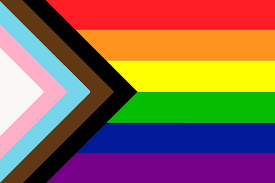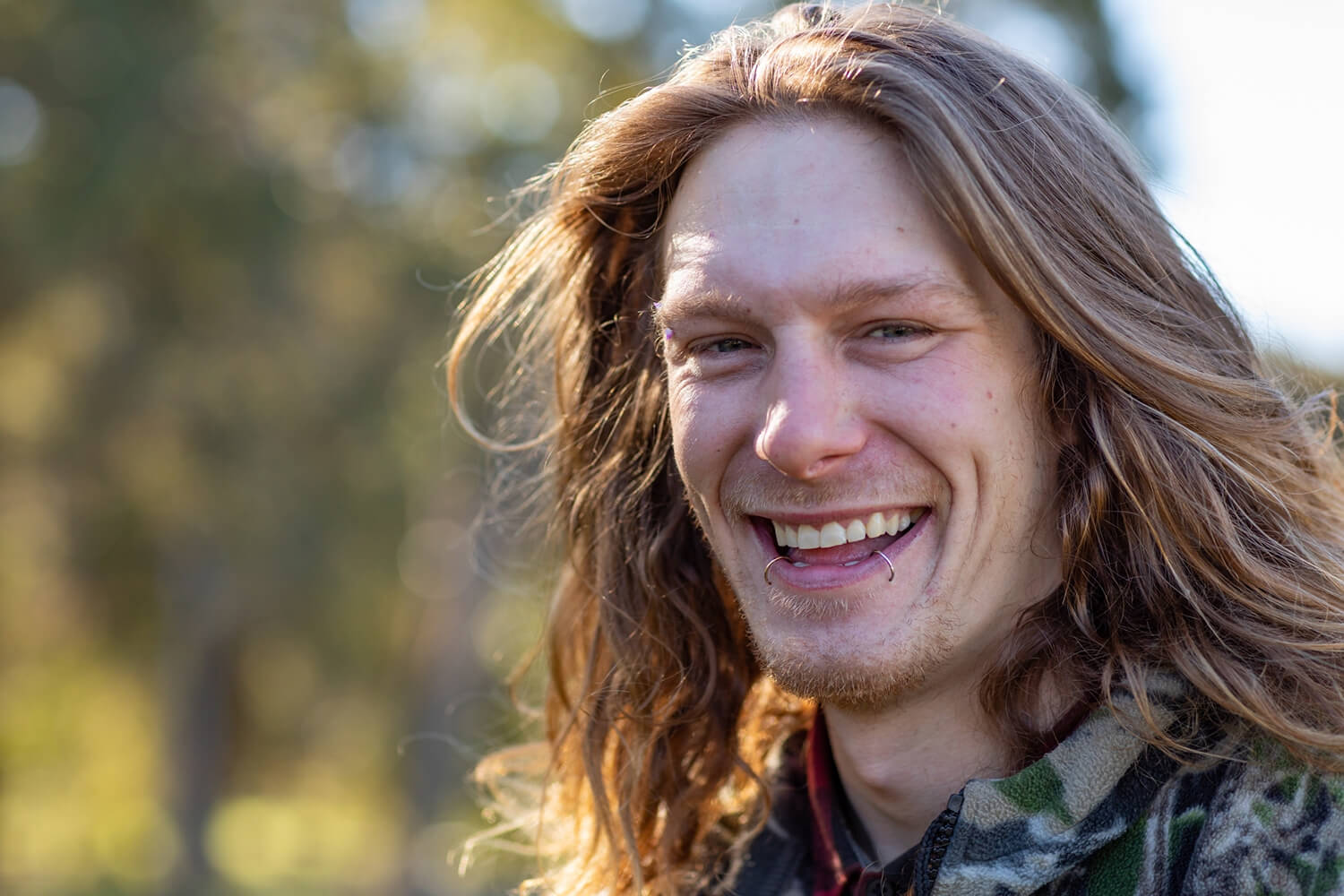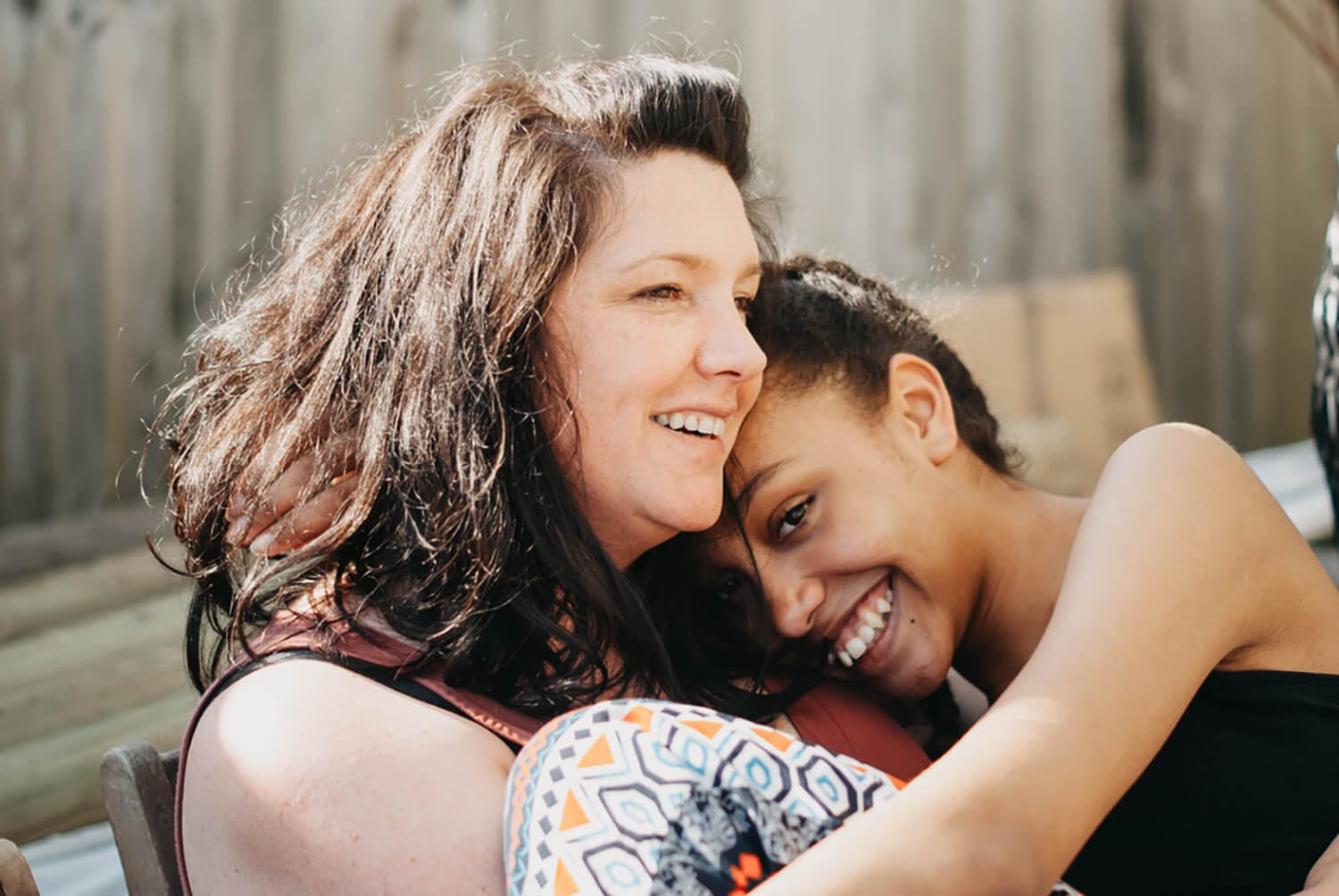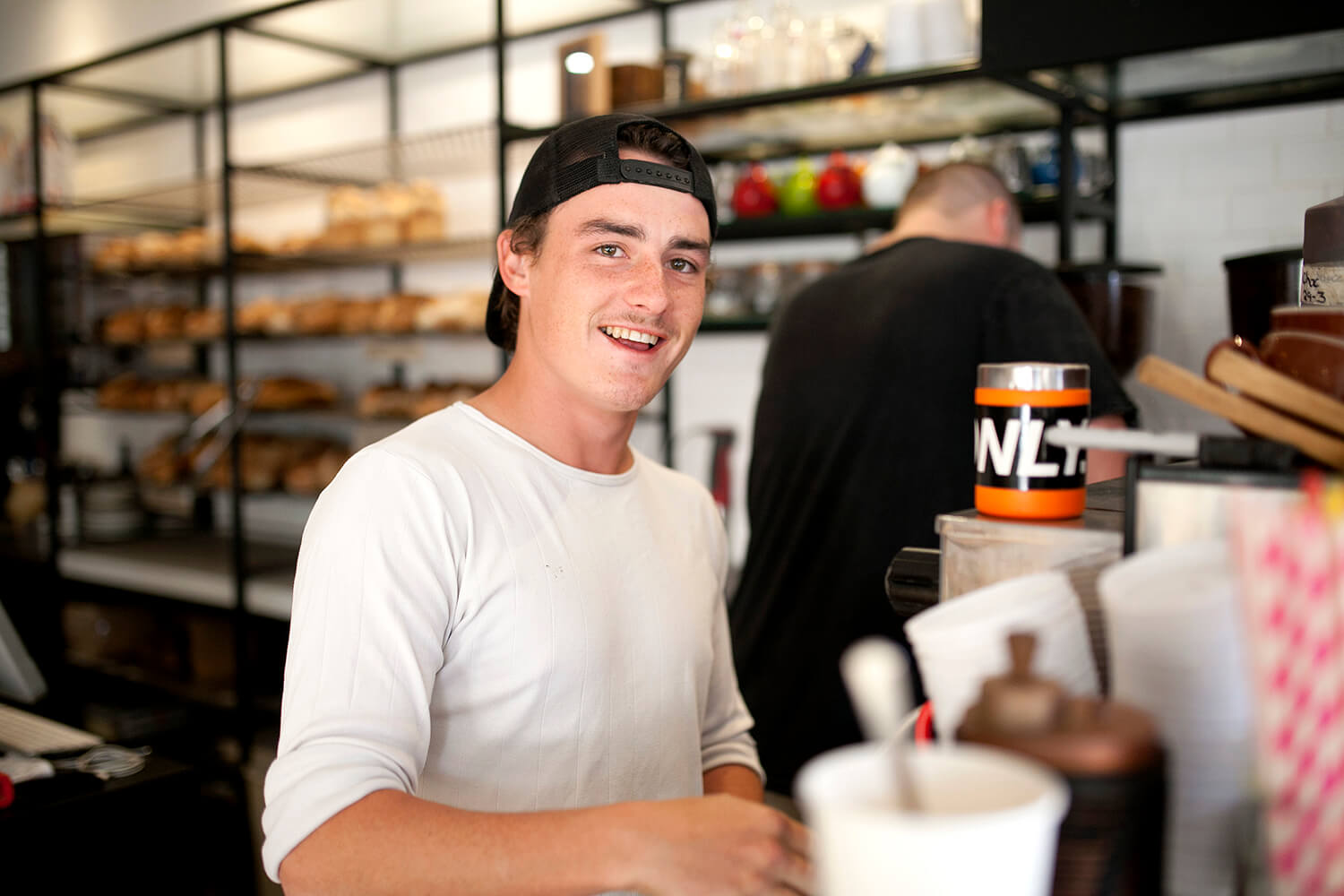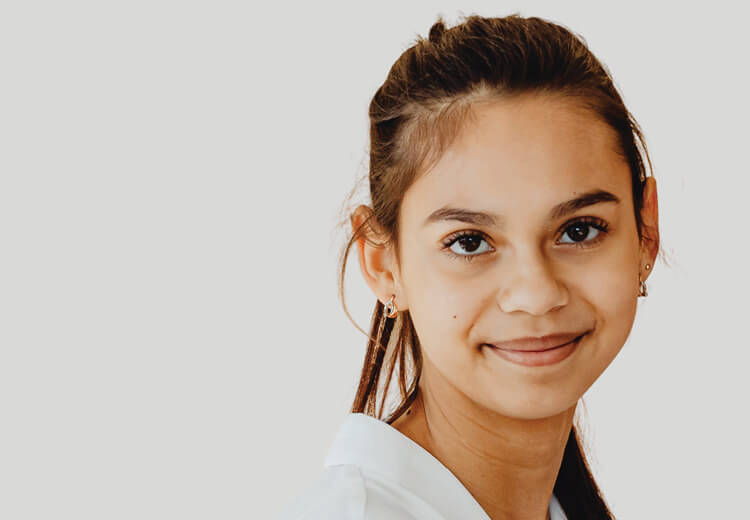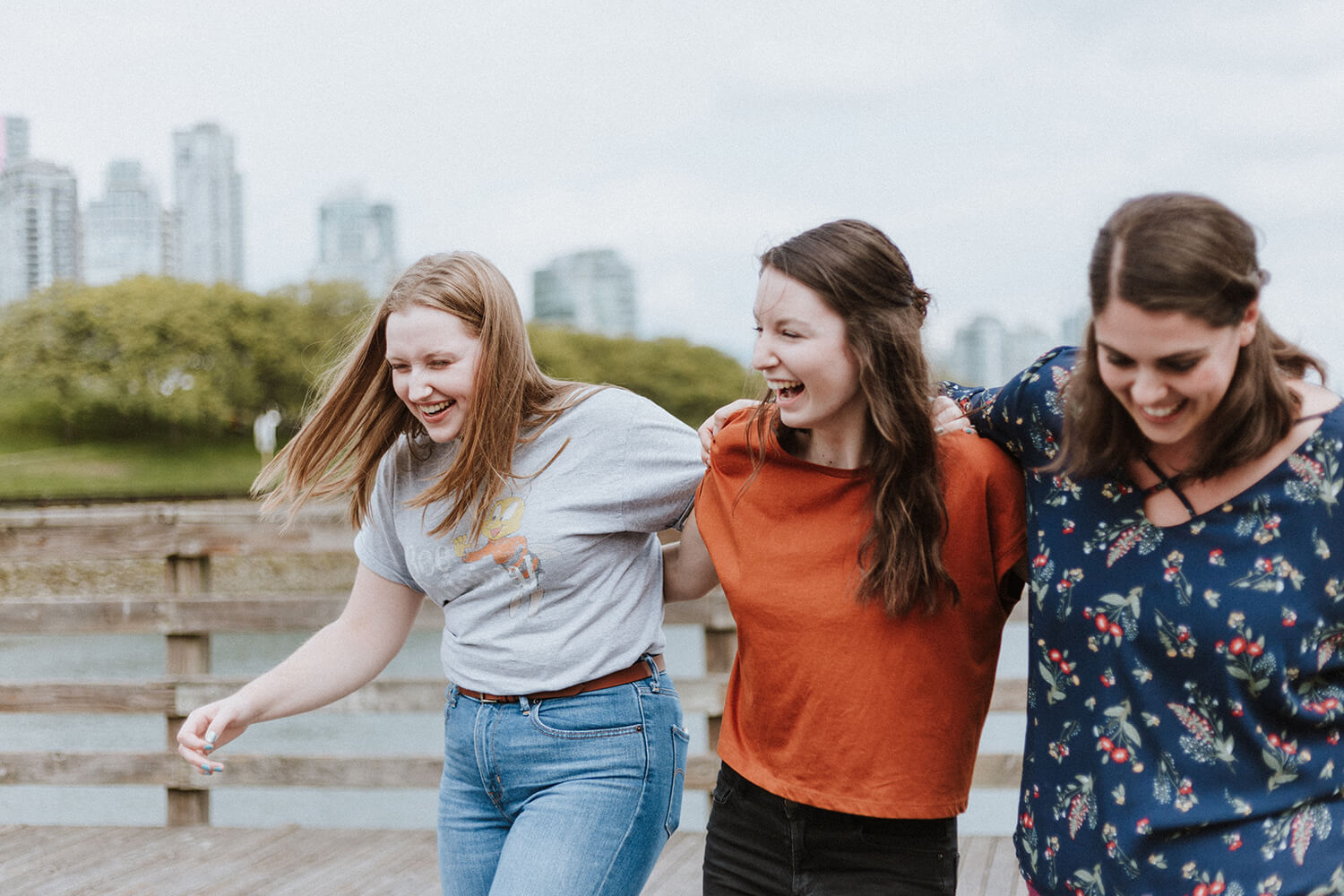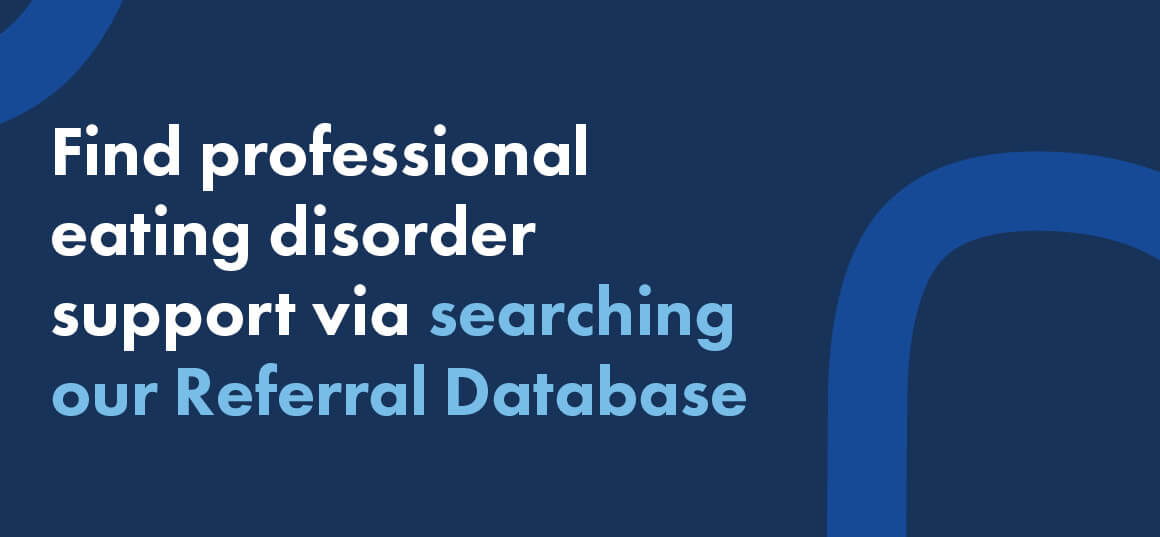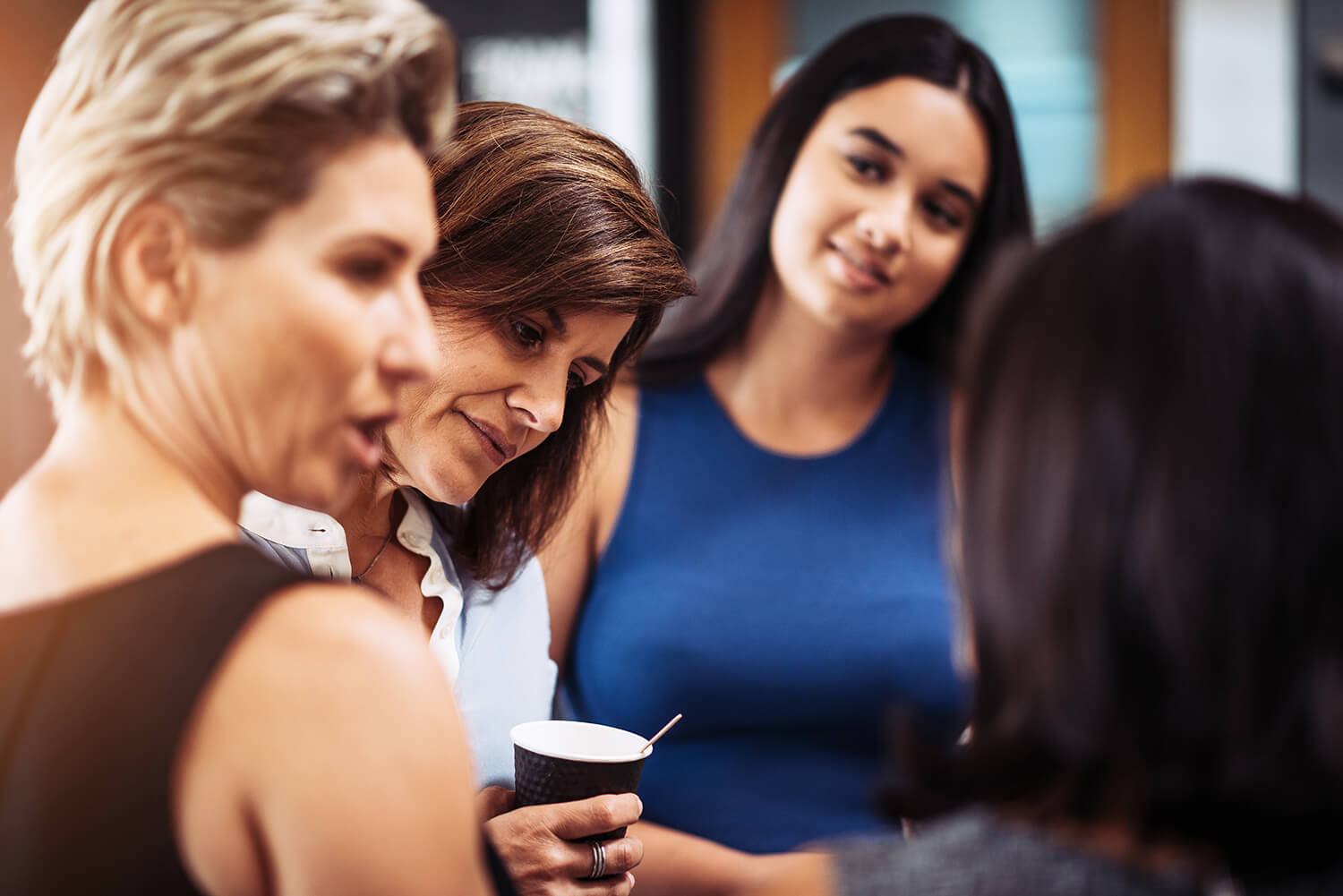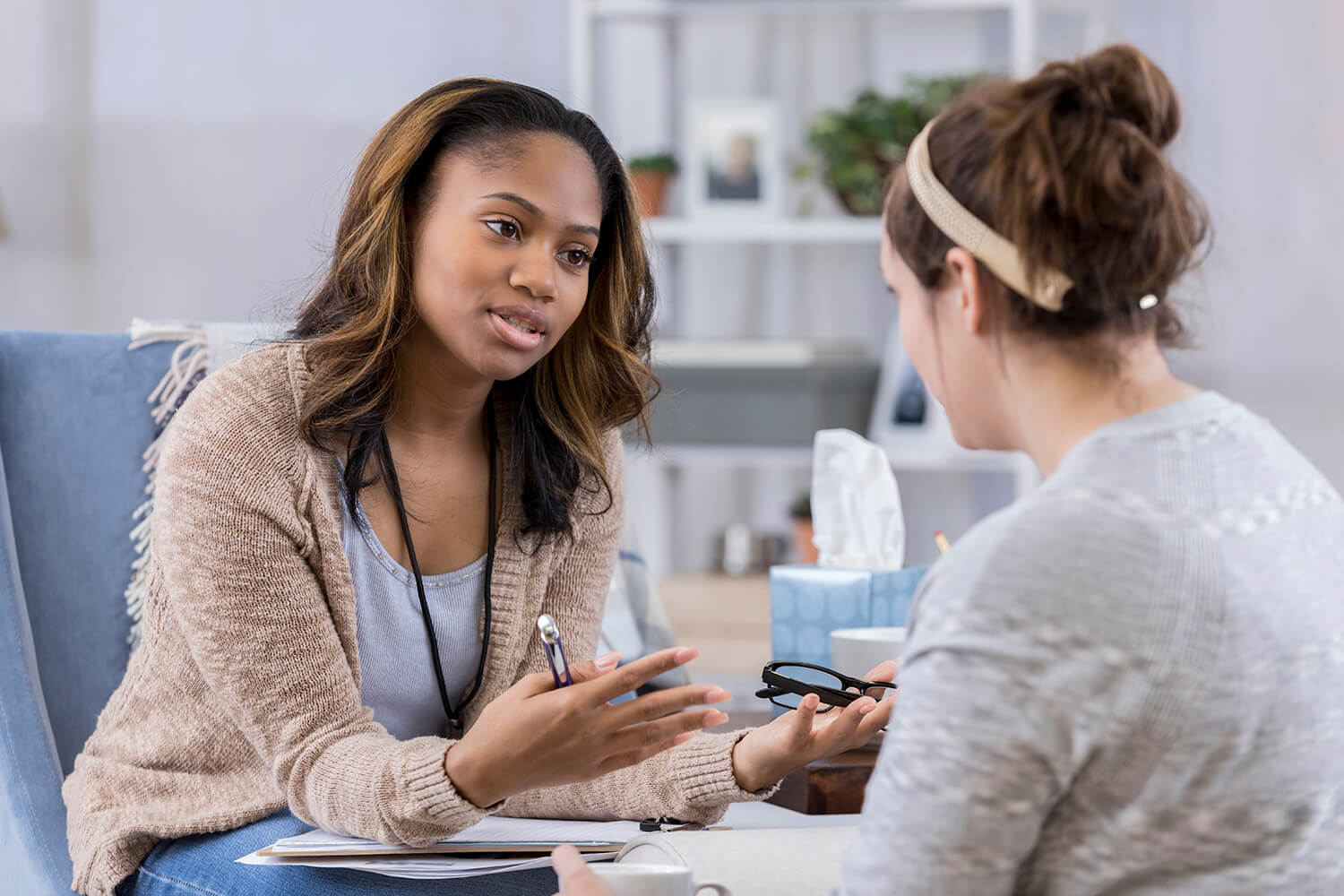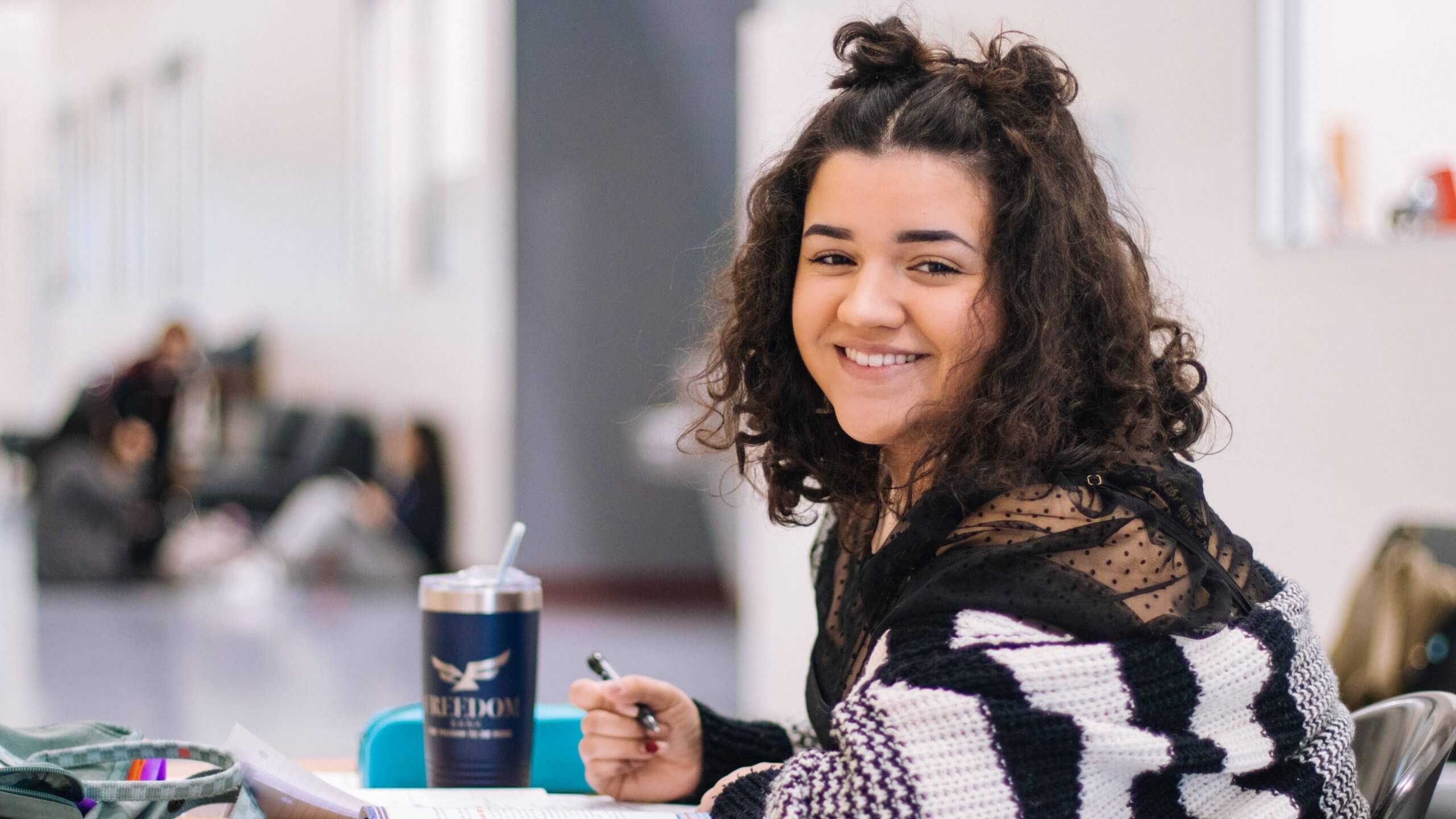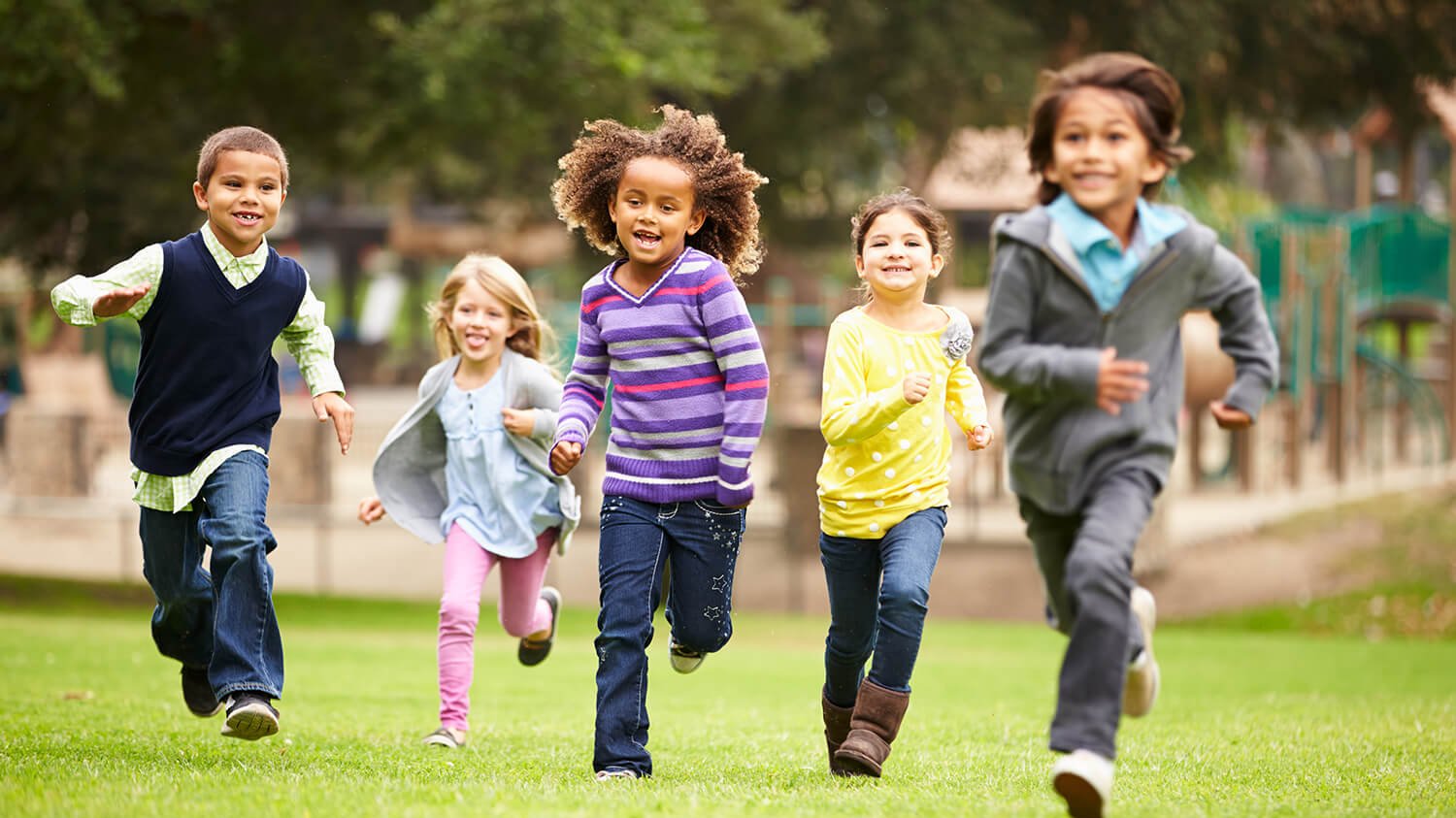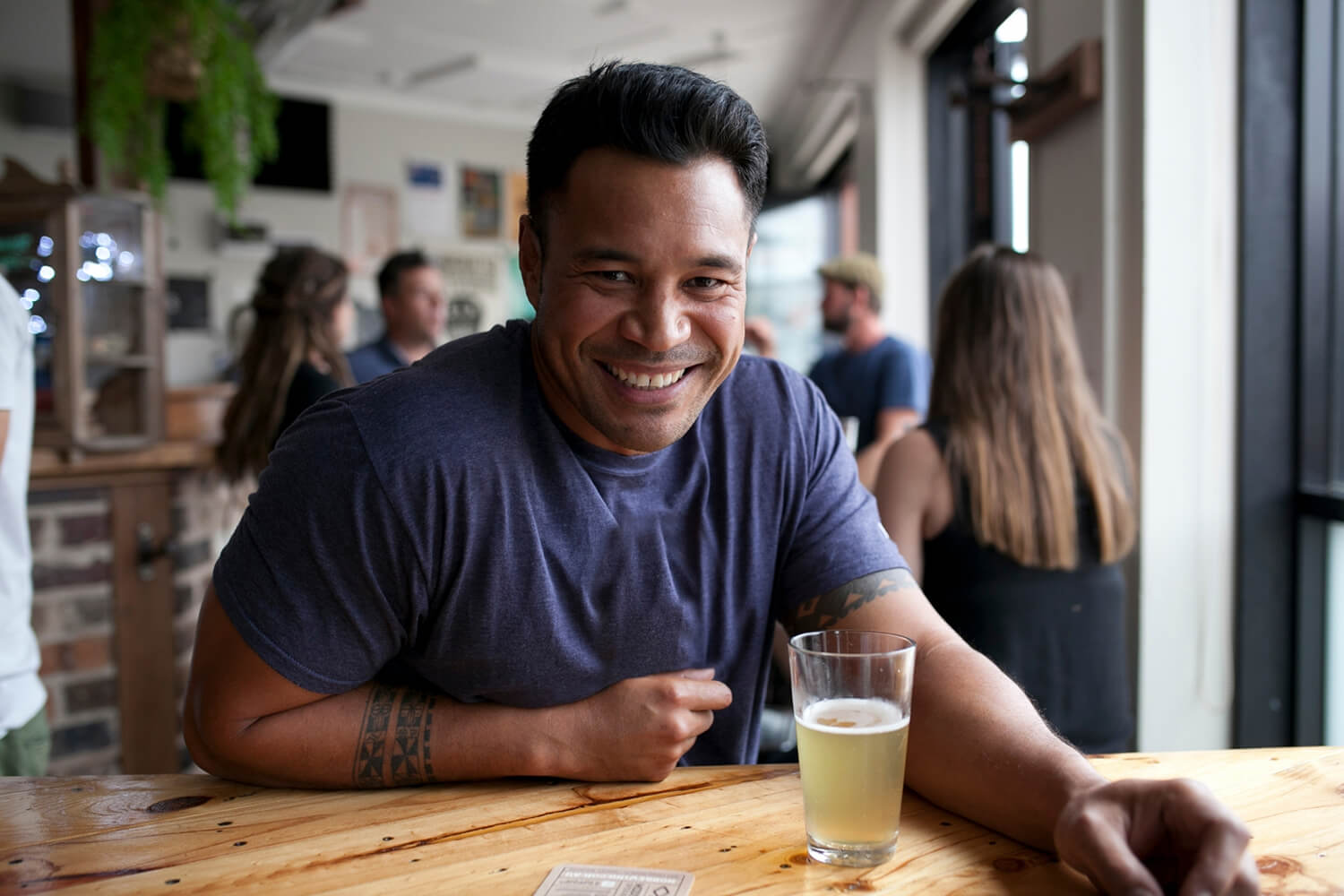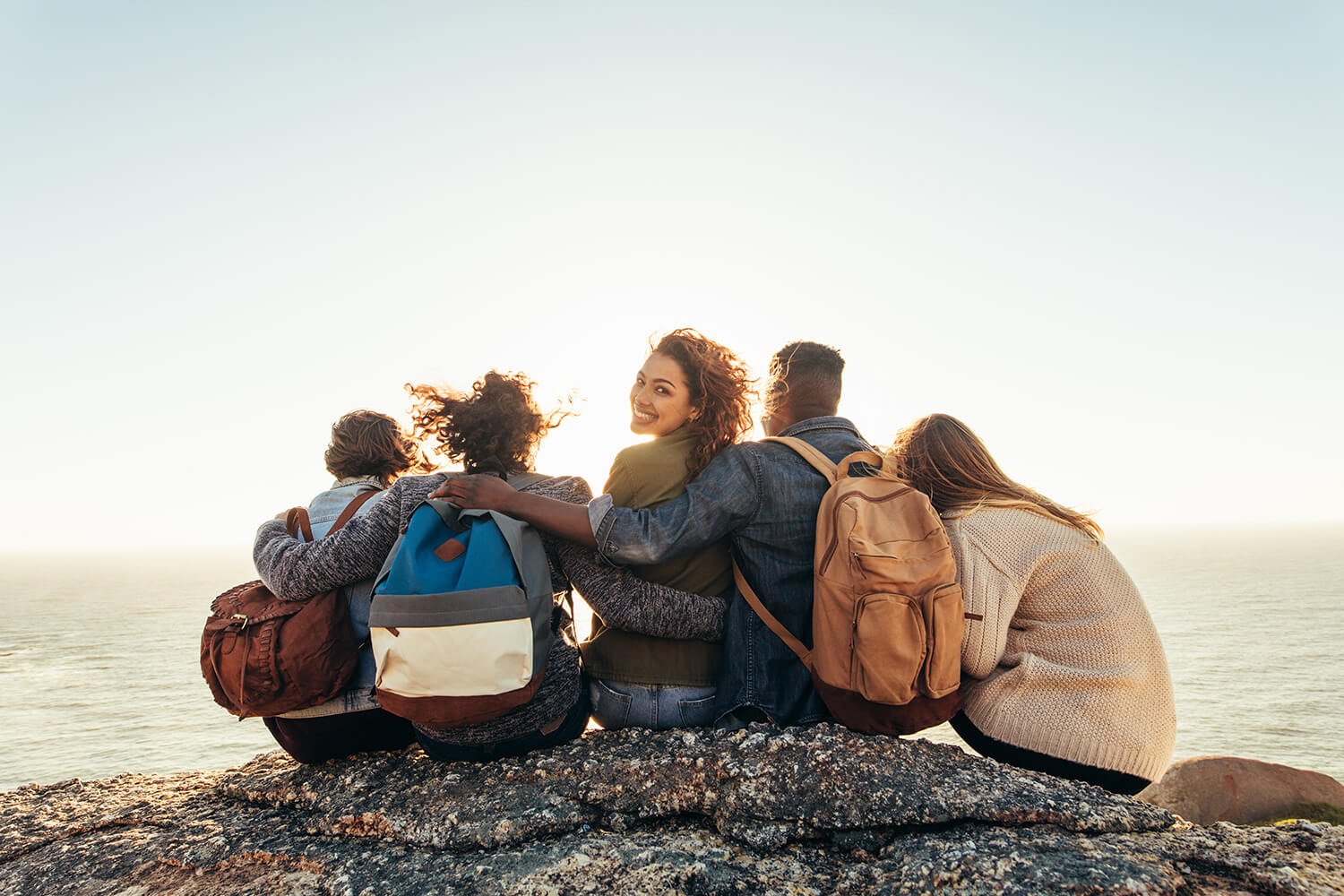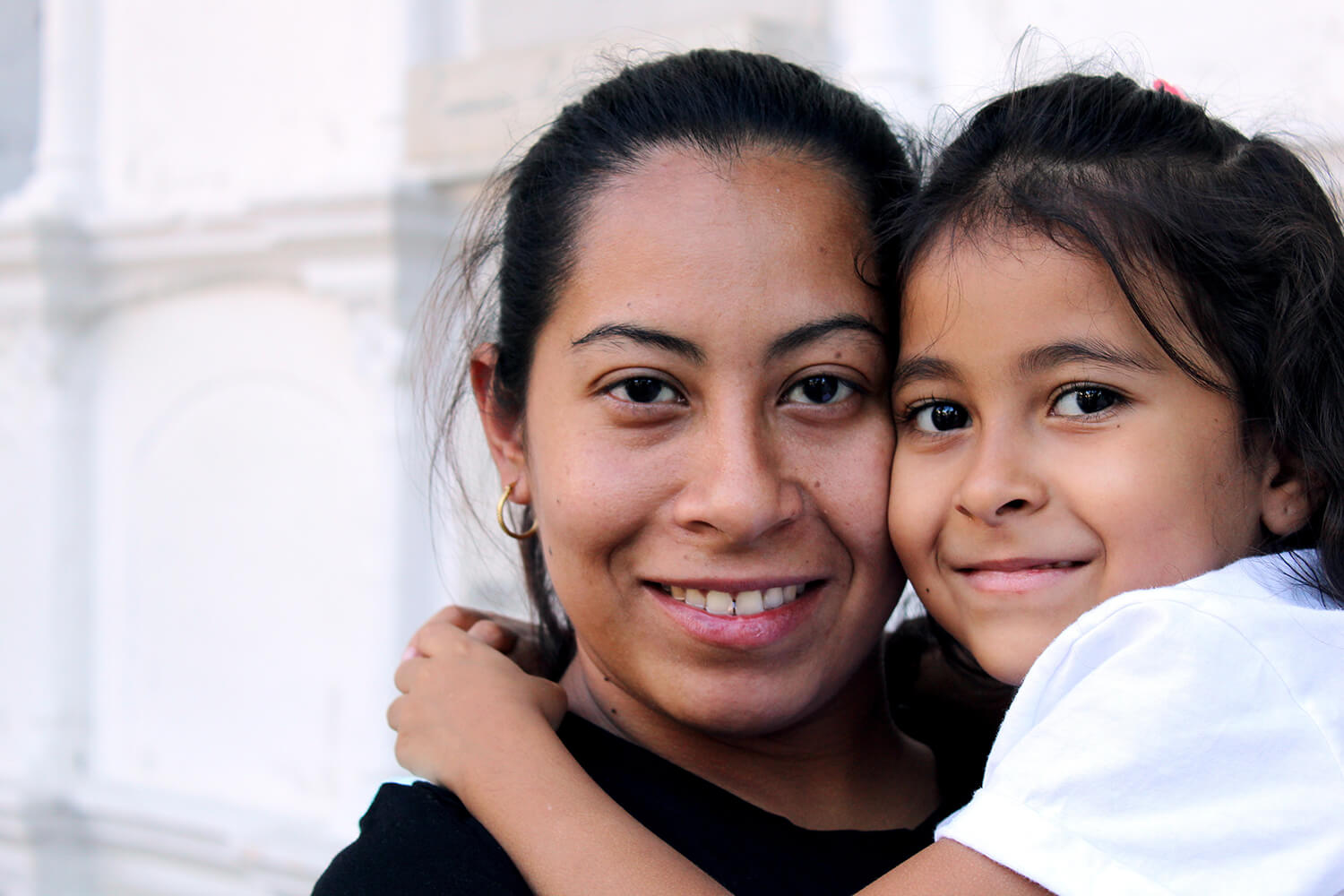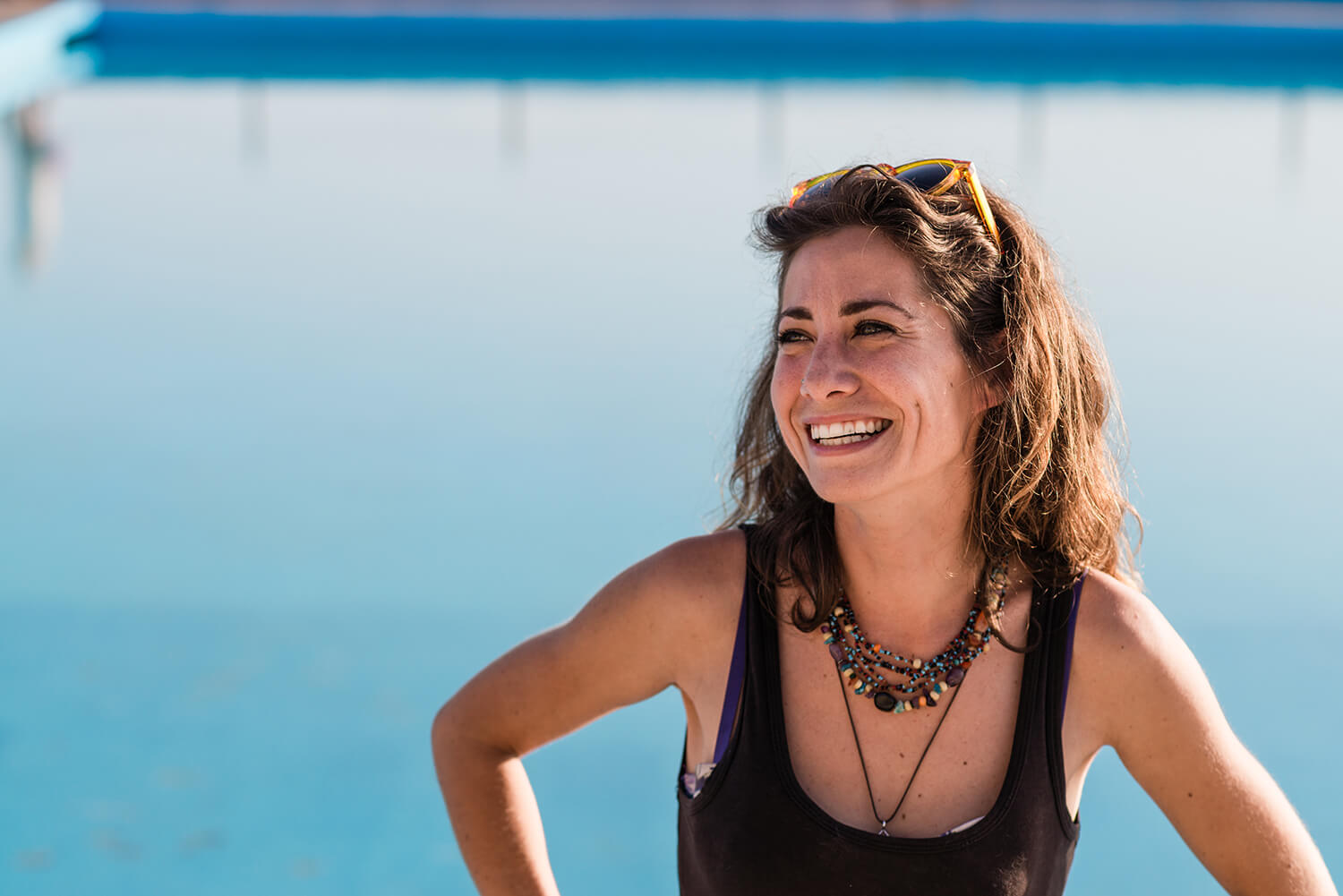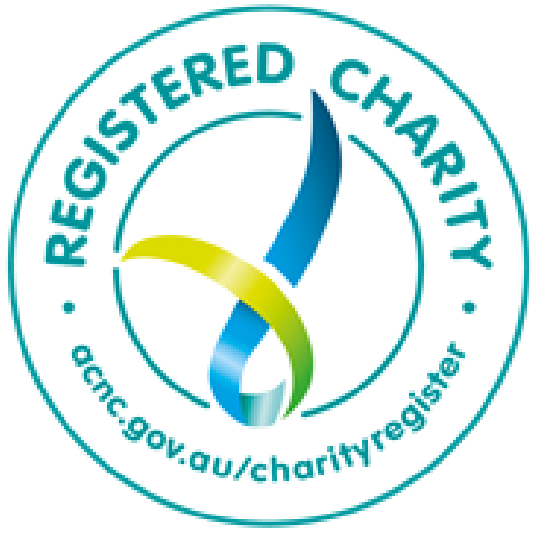In Depth with Lived Experience advocate Shannon Calvert
The key to understanding any mental illness is to listen to those who have been through it. Not only can the voices of those with lived experience of an eating disorder help those who are currently impacted, but they also, importantly, serve to educate health professionals who will provide care.
The evidence is clear: Services that are co-designed with those who know their own situation will always have the best chance of success.
That’s why the voice of lived experience is being embedded in most new treatment initiatives, including the recently launched and much heralded National Eating Disorders Strategy of 2023 – 2033.
Our guest, Shannon Calvert, experienced a longstanding and severe eating disorder and through the ups and downs of her own journey has since dedicated her life in recovery as a much needed voice and advocate for others.
“Through my own recovery, there were health professionals that didn’t want to do eating disorders or didn’t know how to do eating disorders. It was too complex, too challenging for them. That shifted my perspective in terms of how we can do things differently”, she says.
Today, Shannon collaborates with all parts of the sector — health professionals, researchers, and policymakers to develop person-centered, compassionate and integrated health care for better outcomes for everyone.
Shannon Calvert 00:06
When all hope was lost, I wasn’t going to go down with this eating disorder without fighting, and we anticipated I was going to go down, so I was determined to expose it for what it was, and so that I could at least know I had tried to support how we could do care differently. And of course, it just kept going.
Sam Ikin 00:26
The most important part of our podcasts, in my opinion, is the voice of lived experience. It’s the single most helpful thing that we can provide via a digital audio platform. Listening to the voices and stories of people who’ve been affected by mental illness, and perhaps recovered, can help others who are suffering. For example, it can help with the feeling of isolation that so many of his experience, but that’s just the beginning. It’s also providing hope for the future. It’s being incorporated into the design and implementation of mental health services, and research into mental health conditions, including body image concerns and eating disorders. Consultation with people with lived experience was a major part of the recently launched National Eating Disorders strategy 23 to 33, which I had the pleasure of working on as a lived experience expert. One of the most prominent voices in the country, when it comes to the use of lived experience is Shannon Calvert. And she kindly agreed to join us for this episode, to tell us what it’s all about, and how she got involved in such a prominent way.
Shannon Calvert 01:30
For me, obviously, having lived experience is based on a strong history of whether it’s experiences of mental health challenges, eating disorders, suicidality, health issues, and so most of us will say, ‘Oh, yes, we have lived experience,’ but I think for me, in terms of how I show up in a space comes from having a history of severe and enduring eating disorder, which lasted well over three decades. And I say that because it predominantly took over most of my life and I think recovery wasn’t something that was even on the radar for me, both personally, but even from where I was receiving treatment. And in terms of outcomes.
Sam Ikin 02:09
I know, this is always a sensitive question, but what are you comfortable sharing with us about your personal lived experience with an eating disorder?
Shannon Calvert 02:19
I experienced all types of eating disorders, I would say the eating disorders that significantly impacted my experience where anorexia nervosa and bulimia nervosa, but I can honestly say that having experienced being in different body sizes and body shapes over the years, but also more, having complex health issues, very much drove the outcomes of my eating disorder. And so I guess the history that I had in terms of treatment, reflecting on how far we’ve come, unfortunately, back in the day, when I needed to start accessing treatment, we knew very little at that time. So I really had quite an inconsistent and probably unhealthy and somewhat traumatic journey in most predominantly most of my treatments. So that included involuntary treatment and, and that was over many, many years, and as well as complex health issues that were due to the repercussions of my eating disorder. Like with any eating disorder, though, I think there are usually other complex coexisting challenges that we tend to face, whether it be trauma or other mental health issues, complex family dynamics, or personal circumstances, and culture challenges and so on. So yeah, I think it was certainly the eating disorder very much took control of everything else that was going on around me but I think over time, I realised that it was one of those nasty illnesses that just came for the ride, I think so that it felt at the time it was a way to survive.
Sam Ikin 03:46
And it sounds like your lived experience goes far beyond your eating disorders, although that that sounds like a major part of it. But there’s, there’s far more to this story. I think the complex nature of the way that these disorders interact, that requires some talking to people with lived experience to be able to understand, I suppose. When did you realise that this was something you could use to help other people?
Shannon Calvert 04:08
One of the things I just want to touch on is how important it is to recognise that people aren’t complex. The world is complex. Circumstances are complex. And I think that’s what adds to why people sort of are coming forward with so many diverse needs and, you know, we’re recognising as our children and our communities emerge in this space, I think, the nature of the world that we live in add on to those complexities. To that point, I think also it highlights the complexities in the system of care and and what that actually needs to look like moving forward.
Sam Ikin 04:40
Was there a single point or like event in your life where you just decided things need to change and I need to change it?
Shannon Calvert 04:49
For me even while in treatment over what was such a significant period, I started to recognise the shifts in approaches of care. So yes, I will recognise that there was very much health professionals that didn’t want to do eating disorders. They didn’t know how to do eating disorders. It was too complex, too challenging. And so I could see this huge resistance and I thought, gosh, if it’s not just me, can you imagine any person that will come forward with an eating disorder or other challenge that the system can’t help? And that started to shift my perspective in terms of what how can we start to do things differently? Not ever thinking that it would be something that I would utilise it was just, I just started to think strategically, in terms of what was it that we needed to do differently? And then I did start to see a team, I think there were more presentations that were realising well hold on a minute, actually, eating disorders are in fact, everyone’s business. It’s not something that just needs to be a specialty, per se, because people will show up. And I think it was their willingness to; 1) they had taken me on towards the latter part of my journey, in terms of when I say take me on, they’d provided me some support and treatment. But it was realising the limitations. And then I started to share this really transparent experience with them in terms of, yes, it was identifying potentially my needs at the time, but also trying to understand what was it that they needed from me to understand eating disorders and to support the process. And I think that, for me really planted such a powerful seed to go, gosh, if this was a shared space of a collaborative, transparent conversation about exposing eating disorders, for what they are, learning from both sides of the table, I thought, I think we can actually start to shift not only how we provide care, but potentially how we start to explore other pathways of care for people. And I think that’s really where, when all hope was lost, I wasn’t gonna go down with this eating disorder without fighting. And, you know, we anticipated I was going to go down. So I was determined to expose it for what it was, and so that I could just at least know I had tried to support how we could do care differently. And of course, it just kept going so collaboration has been an incredible part of the process.
Sam Ikin 07:10
Has your work in lived experience, working with others with a live experience, has that helped you in your recovery?
Shannon Calvert 07:19
In so many ways, and I think I’ve always said this from the start. And I needed to recognise this for myself, and very much a term that I’ve always used, but, recovery for me, it’s always been about healing, because like I said, recognising that, you know, it’s not just an eating disorder, there’s so much so many other layers that we all carry. And so I think the healing process is one for me, that is an ongoing process, because as you know, whether it’s healing from trauma, whether it’s healing from deep grief, whether it’s healing from mistakes I’ve made yesterday, but the recovery process, in terms of my eating disorder was very much based on these learnings over time, especially as I started to step into the advocacy space, because don’t get me wrong, sometimes I wanted to run before I could walk and dove right in with the sort of deep passion to change, recognising actually, if I didn’t, over time, prioritise that healing for me and put that front and centre, then really how I show up will have its limitations.
Sam Ikin 08:19
What are some of the big things that you’ve learned since you’ve been involved in this space?
Shannon Calvert 08:23
I think learning from people has been not only just that privilege, but it also is highlighted for me, that literally for all of us, Sam, whether it’s mental health or eating disorders, not one size has never fit all. Everyone’s like this wonderful tapestry and we might need to have a bit of this and a bit of that and do things differently and I think that’s how we need to start exploring the uniqueness of individuals is sometimes to that point of not one size fits all that people need to be adaptable and actually start to take that really person centred approach and ask that person and their circumstances and environment, what is the best fit for you? Looking at evidence based treatment and care and support, but then also really taking into account the psychosocial needs and, and all those other other opportunities outside in the community that will absolutely improve the quality of life of people. I wouldn’t have learned that if it wasn’t from my peers, and coming into this work that I’m doing. And that in itself, I think is a wonderful healing opportunity because you can’t help but not hold hope for the future.
Sam Ikin 09:31
And you learned so much from listening to other people. This is what I’ve found, especially through doing this, this particular project where we’re in the middle of right now. There’s been a massive increase in emphasis on lived experience, and particularly in the last year or so, why or how do you think that’s come about?
Shannon Calvert 09:51
Well, if we look at the history of the mental health, consumer movement, and then obviously the emerging the family and carer and kin movement There’s a really rich history there, especially in the mental health sector. And so I think, you know, there’s many giants, whose shoulders we stand on today, I think, who who’ve really laid the foundation of that work. I think for eating disorders, in particular, I think it is more of an emerging space as opposed to mental health. And when I say that I very much want to steer away from siloing, eating disorders to the mental health space, I think it’s just the one of things eating disorders are very much coming on board in other sectors from health to mental health. So there’s been so much going on in the mental health sector predominantly. So if you think of the past year, in particular, there’s been the announcement of the what will be the consumer establishment of a consumer peak, and in the care of family and kin, peak, predominantly mental health. I think a year before or two years before there was the establishment of the lived experience peer workforce guidelines, and so really, what I think governments, but in particular, is taking accountability, but to act as a services and potentially, in research emerging is that actually, we can’t do this work effectively if we’re not bringing lived experience to the table. So there’s been a lot of reform around that. Again, lots of work to do. There’s been some wins some challenges, but yes, I think it’s, it’s, it’s here to stay. And that’s for sure. And I think the eating disorder sector is really starting to think thoughtfully about what that will actually look like moving forward.
Sam Ikin 11:33
So what’s your job as a lived experience expert? How does that work?
Shannon Calvert 11:39
I would argue that I am an expert. Do I have some subject matter expertise? Sure. And I think that is that in itself, I think, is is really what’s most important, so I couldn’t turn up anywhere in everywhere. And I certainly won’t, if someone asks me to show up, I just, I’ve always asked the why, when I’ve been asked to contribute. But I think it really started for me in recognising that if I wanted to come to this space, and really come to the table and be effective in the way that I showed up, I needed to have some training and upskilling on a continuum, which is something that I do always. So I started with the cert. 4 in mental health peer work. I’d already started to do some voluntary advocacy in the palliative care, an eating disorder, mental health space just prior to that. And but then I went into the community mental health sector as a peer worker, and started to coordinate care more broadly. And then was very much involved in a systemic advocacy. So I think I really learned to balance the different hats because there were different requirements and expectations, and so over time, the more experience I gained, and the more knowledge in particular areas I was able to contribute to that sort of led to more governance, roles and governance, and so sat across various different boards and committees with government and non government organisations.
Sam Ikin 12:57
Can you give us an idea of what you were doing or what you do with these organisations and governments?
Shannon Calvert 13:03
I think really, the role in most of those areas was to support reform issues, which are always fundamental to how we actually make some really important decisions at that level. But I think it was also one of the other parts of my role I’ve really valued is supporting clinicians and health professionals, not only enhance their work, but improve services and design of services, and potentially areas and research. So I have that role now, in terms of whether it’s whether it’s in consulting, or in an advisory capacity, where it is very much to support and walk alongside organisations, individuals and people who are wanting to either emerge in this space, or enhance their work, and and to improve the sector and the system of care more, most importantly. I’m always upskilling as well, because I think there’s a great deal to continuously learn, especially from not just having lived experience but I think coming into predominantly a lived experience workforce, where the experience is very much front and centre and my priority of my work, it’s like any person who’s a professional, it’s fundamental that we remain principled and skilled in our areas so that we can contribute the most appropriately and most effectively as well.
Sam Ikin 14:19
I want to get on to that concept of co-design in a second but the way I look at it, if we take it out of the mental health or eating disorder space. One story I love to share with my public relations students is a campaign that Optus put out not long ago, it was called Sign Yes, and they paid Daniel Ricardo and Ian Thorpe, and all of these high profile personalities to do little tic toc videos where they were signing using sign language to say “yes,” and they were trying to be inclusive and help people learn a few words in sign language as they said in their campaign. And as soon as they put it out, there was a backlash from the deaf community who said we don’t speak sign language, we speak Auslan. And that is, in fact a little bit insulting because it seems like you haven’t spoken to anyone from the deaf community, and that was the point. Had they had one person with that lived experience on the board that was putting that campaign together, they probably wouldn’t have run into that problem, they would have worked it out, and it would have come out as something that was far more acceptable to everyone. This is an example of the kind of problems that you get around by having people with lived experience involved from the very start. Can you give us a more professional explanation of what co-design is and why it’s so important?
Shannon Calvert 15:36
Yeah, I think the concept of co-design, co-production, co-creation, the “cos”, has been the buzzword of 2021 to 23, and it continues. If we really look at, what is it based on, it’s not about doing things perfectly. It’s about learning, right? It’s about figuring things out collectively. To your point of the Optus commercial in particular, it’s about actually well, before we make a decision on something, let’s do that, collectively. Let’s actually unpack that at the table. Let’s look at actually well, what is the issue? What are the challenges? What are we actually, in fact trying to address? And let’s have a collective conversation and who needs to be around that table? We bring that perspective of our community, our understanding, and so we can start to provide in that in those conversations. Well, what will this look like moving forward? What would this look like for the next me or my child or my partner coming into that space? The wonderful opportunity around the co-design and co-production are no one is the expert that we all hold an a degree of expertise that needs to be shared. There needs to be a partnership, where there is actually equal voices is shared ownership and control over the process.
Sam Ikin 16:51
I’m sorry to interrupt, but that sounds ideal. But maybe that’s not easy. Or as easy as it sounds, what could make this process difficult from time to time.
Shannon Calvert 17:00
I think what’s most important to us around co-design is it is absolutely okay to, to disagree, and to agree, but most importantly, to critically, reflect collectively, it’s very different to criticism. To listen and incorporate each other’s ideas and views, and then again, you know, the human human related principles of respect and empathy, but it is about doing something collectively and being accountable to that process so if it’s not working as a collective actually saying, this is something that I think not only do we have to be accountable to that we’re doing it as well as we possibly can. How are we learning from this? How are we reflecting on this process? And so it is, in fact, a wonderful space of being in the grey, which is really difficult for people because some people want, you know, in results, now that they want to see it in the black and white, perfect version of something. But that’s not what co design is, it’s actually being okay with the grey and figuring it out together.
Sam Ikin 17:56
When you look at recovery, you you look at it from the holistic approach, which is well, we talk about quite a bit, where you have a recovery team of your dietitian and a psychologist and your GP and your psychiatrist and all of the different people that you need this as part of your team. And so I see co-design as that kind of thing, but for your mental health services or for your research design, or you know, all of these different projects that are separate from the recovery itself.
Shannon Calvert 18:25
Yeah, absolute anything. That is it’s about taking that step back and saying who needs to be here? So you know, whether it’s from research or whether it’s from who’s going to impact so if it’s in my community more broadly, it’s looking at the person on the street, how would they understand this process is looking at, you know, the people that are providing the care and support or, or that may be influenced by the researcher, from health professionals to that multidisciplinary team you’re talking about? So when it comes to the experience in particular, and as we move forward with code design, yes, you need people from the community that will say if we’re looking at a service design process, people that will access that service, for example, but then also potentially the people that are not going into that spaces lived experience workforce members. So whether there be pure workers or in the lived experience designated roles.
Sam Ikin 19:14
So where do you see lived experience going in the future? And I’m I’m very interested to know whether or not lived experience might be a bigger part of the recovery team,. You know, you’ve got the holistic recovery team, are there going to be the idea of peer mentorship kind of built into that little more in the future? Or do you see other avenues for it to grow?
Shannon Calvert 19:36
I always talk about and most of my peers talk about this as well as the big LE versus the small le. So the big LE is the lived experience designated roles. So those people that are pretty much like I said, prioritising the engagement, the influences the leadership, the principles of lived experience, and so there is very much an emerging growth on the lived experience workforce, and in particular to eating disorders now that is the umbrella term of peer support work consumer care and family and kin peer roles, and they’re, they’re different and unique and their own expertise and specialties as well. So there’s, there’s so many wonderful opportunities coming up in that. There is a lot that has already been established in particular to in the eating disorder base. And in particular, I mean, if you look at the National Eating Disorder strategy that’s just been launched the 23 to 33 strategy, what was such an important shift in that process was that strategy was co-designed by what, how will I say? It was built on. So it was, it was more of a co-production process of building on from what we’d already established more broadly, in the eating disorder sector. But this was bringing collectively diverse expertise across Australia, and that was including lived experience workforce participants from not within not only within eating disorders, but more broadly in mental health as well. And it very much highlighted those other those other elements, those other wonderful values of care. So, you know, that was the inclusion of actually a multidisciplinary support will include, you know, trained skilled peer workers, as well, because there can be incredible contributor to that process of healing and recovery for individuals moving forward. And so that is for one for sure, an emerging space. And, and I think one that certainly is going to enhance the psychosocial supported needs of people with eating disorders and other mental health challenges as well. So it’s about really understanding from an organisational perspective, what it is that what it will mean embedding lived experience roles, and when we actually say we need lived experience, be really important about the why because I think and even from a lived experience perspective, if someone invites you to contribute to you choose something ask the why ask, what is it that I can bring to that process that will be a supportive, you know, are there anybody any other voices, any other expertise that we have many to bring to the table as well. So I think it’s a wonderful collective conversation we need to keep having, and I know that, I think a couple of my peers, and it was Bliss from the Cenres of Excellence in Eating Disorders, and Emma from National Eating Disorder Collaboration. We were doing a workshop at the ANZAED conference on the lived experience workforce and I was so deeply moved and honoured by the rich, courageous conversations that were had in that workshop, but also the real, the clarity and the thoughtfulness to the questions afterwards, where people would come in with so much more curiosity and recognition that there’s further work to do, but there’s, you have to have the enthusiasm, and, and spirit to do it as a collective. And that’s an exciting process to do. And I think we can do things differently is not run before we can walk, but not rest on our laurels. We’ve got to start doing it now. So exploring what that may look like in the eating disorder sector.
Sam Ikin 20:34
I reckon that is a pretty good place for us to wrap up this conversation, Shannon. Thank you so much for your time, I appreciate it. Like, we don’t get to dig into the, you know, the talk shop as much as we do. So it’s been really nice to hear your insights into this and I appreciate it.
Shannon Calvert 23:15
And it goes as well, Sam, it’s always wonderful having a conversation with you and very much appreciate your contributions to this space as well.
Sam Ikin 23:25
To find out more about the benefits of hearing from lived experience or how to share your lived experience safely, go to butterfly.org.au. All the resources that you need are on that website. If you or someone you care for needs support with body image concerns or an eating disorder, the Butterfly Helpline is there to help from 8am until midnight, seven days a week. The number to call is one 800 E D HOPE that’s one 800 33 46 73. This podcast is produced by Ikin Media in partnership with Butterfly Foundation, and with the support of Waratah Education Foundation. Our executive producer is Camilla Becket. Please subscribe rate and leave a review wherever you listen to this podcast, and tell a friend who you think would appreciate it. I’m Sam Ikin. Thank you so much for your company.


